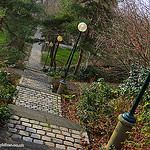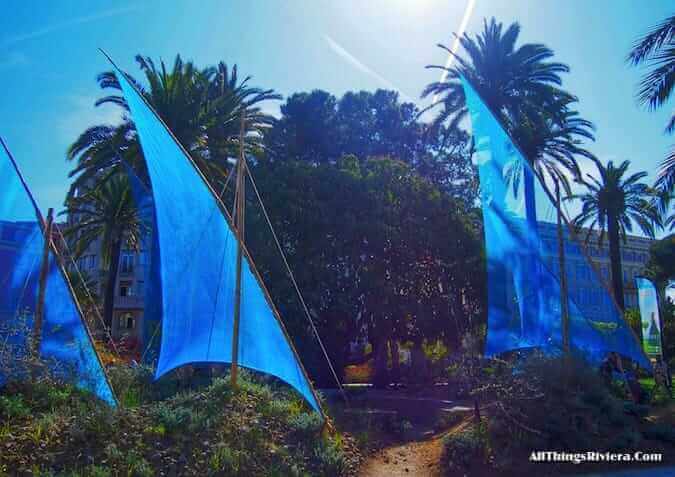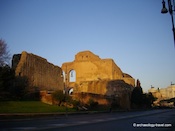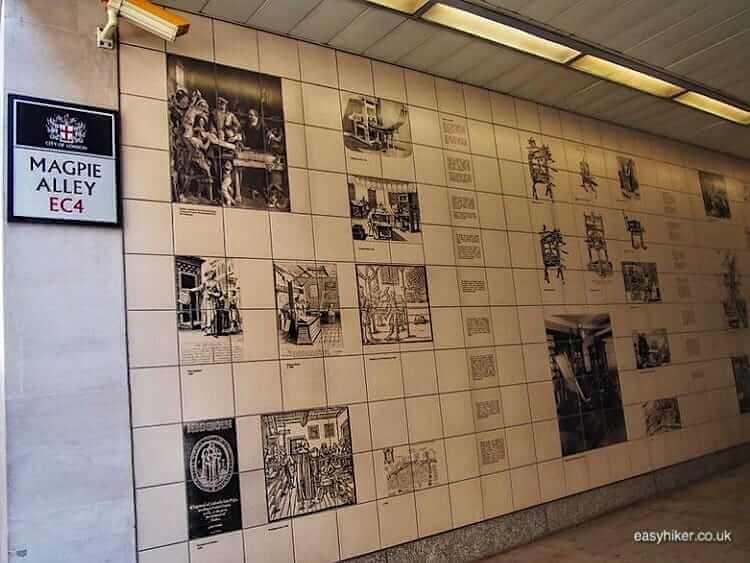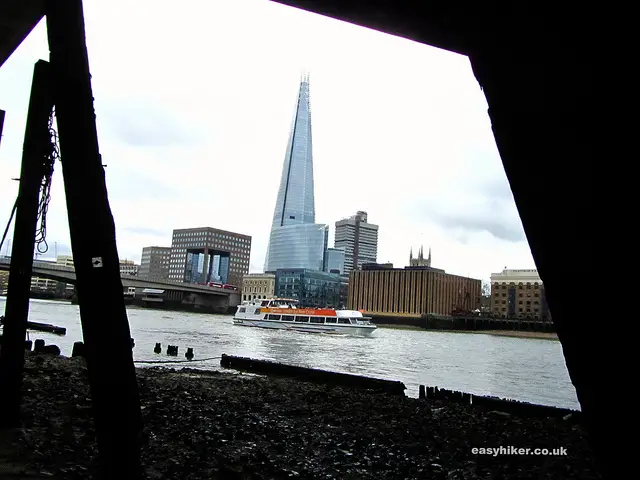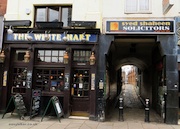Gathering tourism experiences has been the Easy Hikers’ primary occupation for these past 10 or 15 years, so you may trust me when I say that popular destinations generally have more in common than we would ideally wish them to.
Seaside walks and beach promenades resemble each other to the point where they seem virtually interchangeable, a forest is a forest wherever in the world (or at least in Europe) you may be hiking, and one large city shares many of its essential characteristics with any other large city.
Never all of them, of course, but in order to write about these cities meaningfully, you have to first seek out and then accentuate their differences.
What makes travelling truly worthwhile, however, is that, every now and then, you come across a place that defies all of these expectations. Remember what it was like to hear your favourite tune for the first time? That’s how it feels to make such a discovery.
And this is how it felt discovering Jerusalem.
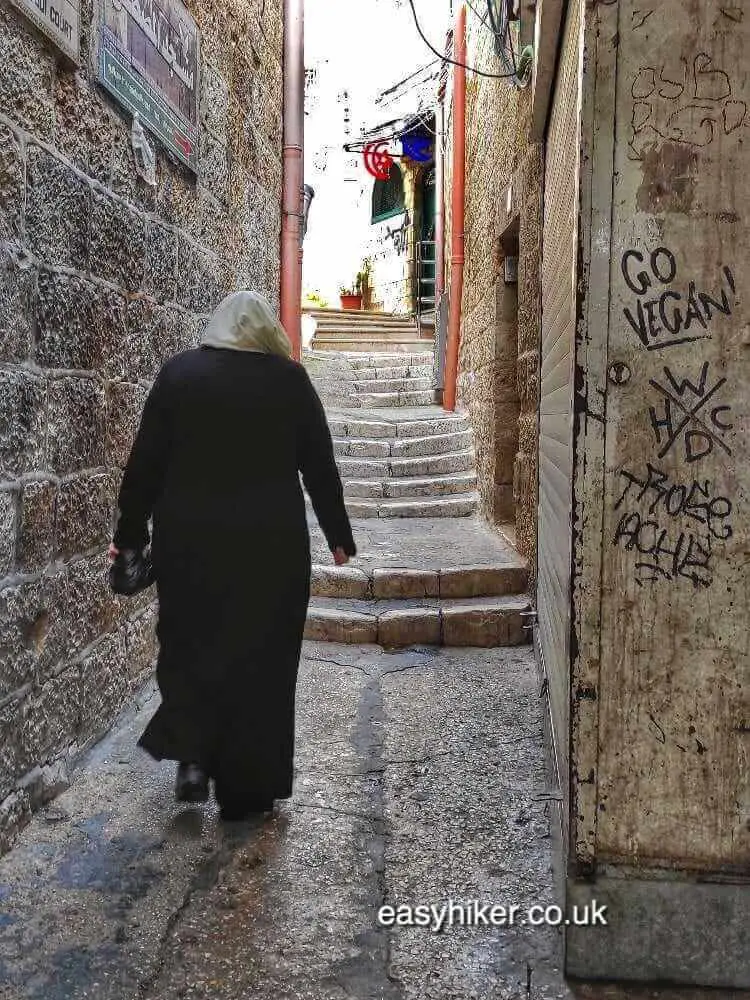
Jerusalem – Blazing Thunderstorm of Noises and Colours
Jerusalem is the place where the three main religious traditions of the Western world (in order of seniority: the Jewish, the Christian, the Muslim) have been bumping into one another for well over 1000 years without ever managing to agree on a set of traffic regulations.
In contrast to other large and culturally diverse cities in the world, which have generally managed to create a common identity for their different religions and ethnic groups (often, like London and Paris, uniting them through a collective contempt for everybody outside their gates), no shared narrative like that exists in Jerusalem.
People over there appear to march to the rhythms of different drummers, and we, the bewildered visitors who cannot draw on the insights of long acquaintance, feel unable to tell what is really going on: have these people tacitly agreed to coexist in their separate cultural shells or is this city only one spark away from a bloody civil war?
As a consequence of this diversity, multiple Jerusalems exist, sometimes separated by just a few steps. Wandering through the maze of streets, crossing from this quarter into that, is therefore like walking through a blazing thunderstorm of sights and sounds, colours and noises.
It is probably best to just submit oneself to the experience of the city’s disjointed and dissonant elements, enjoying the hurly-burly of the Muslim quarter …

… the relative tranquility and order of the Jewish quarter …

… the spectacle of Christian pilgrims from all over the world …

… the subterranean maze of shopping streets …

… with shops that appear to sell souvenirs from the crusades …

… the traces left behind by the city’s many conquerors …

… and, of course, the place that seems to sum it all up: the Temple Wall, the last remnant of the Jewish Temple which was razed to the ground 2000 years ago but which still has a part to play in the power struggles of today – the part, in fact, as one of the world’s premier powder kegs.
You could not say that about any other ruin from the same period, but hey, that is Jerusalem for you: everywhere else, being contemporary and utterly archaic at the same time would be a contradiction. Here, not so much.

Maybe that is the lesson Jerusalem has to teach us: that not everything in the world has to make sense in ways that we understand. Sometimes, it may be better to arrive in a place without a set plan or a programme, and to simply bathe in the experience as you would bathe in the sunshine on a Mediterranean beach.
Having said that, there is one walk, short and structured around a single theme, that you may find useful and worthwhile: this is the Via Dolorosa, which retraces the route that Jesus took on the day of his crucifixion.

The well-signposted walk, laid out in its current shape by Franciscan monks in the 14th century, leads through some of the streets and passageways of Old Jerusalem, and apart from its historic importance – whether or not you believe that this is the final stretch of Christ’s journey to complete his divine mission: pilgrims have followed the Via Dolorosa in one form or another for nearly 2000 years – also serves as a good introduction to the city. If you do nothing else on your visit, you will leave with an idea of what Jerusalem looks and feels like.
The Via Dolorosa starts at the Sanctuary of the Flagellation near St Stephen’s Gate, one of the entrances to the old town, in the Muslim Quarter just to the north of the Temple Wall.

There are 14 numbered stations, all of which are identified through Roman numerals and carved miniature representations of the events that have been recorded in the Gospels and in Christian mythology.
Station 4, for example, represents the spot where Jesus, following his first fall (marked by station 3 a few steps away), was approached by his mother, …

… and station 6 commemorates the moment when Veronica wiped Jesus’s face with, as some people believe, what was to become the Shroud of Turin.

Stations 10 to 14 – representing the actual site of the crucifixion, the death on the cross and the entombment of Jesus – are all located inside the Church of the Holy Sepulchre, Christianity’s holiest shrine ever since its consecration in 335 A.D.
During the Middle Ages, the Church used to be besieged by pilgrims who did not want to leave the compound even at night, trying to breathe in as much as possible of the “holy air” around the shrine.

Some words of practical advice. If you are based in Tel Aviv, it is temptingly easy to go to Jerusalem for a day, leaving in the morning and returning in the afternoon.
We recommend, however, to take your time and book a hotel room in Jerusalem for (at least) one night. This way, you will have a less hurried travel experience and more time to take it all in.
For contrast – and to widen your scope – you may want to choose a hotel in the modern part of Jerusalem, outside of the old town, where the ethnic groups mix more freely if not altogether more easily.
But wherever you go in Jerusalem: you are assured to see something spectacular and fascinating. 3000 years of human history are looking down on you from the city’s rooftops, which largely means: 3000 years of trouble and strife to which no end is yet in sight.


